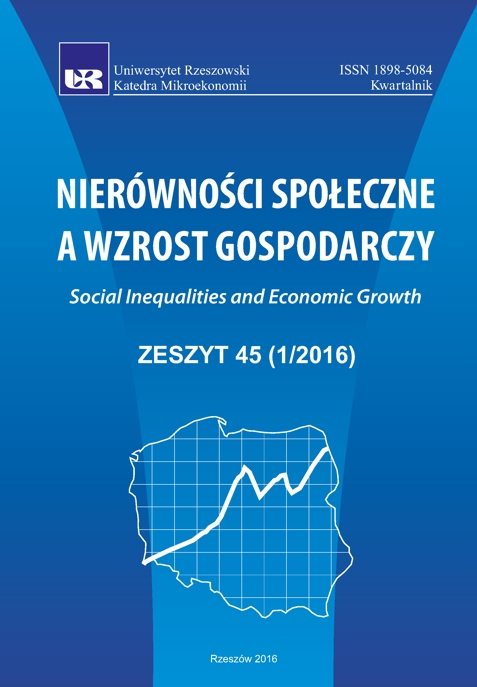The Role of an Advisor in Financial Product’s Sale Summary
DOI:
https://doi.org/10.15584/nsawg.2016.1.48Keywords:
personal sales, building relations, professionalism, sales process, financial productAbstract
The main aim of this paper is an attempt to assess the performance of advisors of financial products and to characterize the attitudes as well as behavior of their customers. To achieve this objective primary sources were used, which were the result of a conducted survey among people who had previously used services of financial advisors. Nowadays, personal sales is not only not losing, but actually is gaining importance. The conducted study shows that personal counseling (54%) has the greatest influence on the decision to purchase a financial product. However, is should be noted that as many as 44% of respondents use the Internet when buying financial products, which proves the popularity of this tool and the grow-ing confidence in online transactions. Nonetheless, when it comes to decisions concerning large amounts of money e.g. loans to purchase real estate, then almost 90% of respondents use the ser-vices of financial advisors. Their professionalism is most valued (60%), which seems to be understandable because they are entrusted with what people had spent their lives building up. The second most important trait is their ability to establish easy contacts. People do not like intrusion and the advisor’s desire to sell a product at any price. The study also found that 56% of respondents is willing to change previously established opinions about a financial product after a conversation with an advisor. At the same time people are willing to pay a significant amount of money when buying a financial product in order to avoid many laborious procedures.Downloads
Published
2020-11-10
How to Cite
Kowalkowski, A. (2020). The Role of an Advisor in Financial Product’s Sale Summary. Social Inequalities and Economic Growth, 1(45), 475–486. https://doi.org/10.15584/nsawg.2016.1.48
Issue
Section
Articles
License
Copyright (c) 2016 University of Rzeszow

This work is licensed under a Creative Commons Attribution-ShareAlike 4.0 International License.


